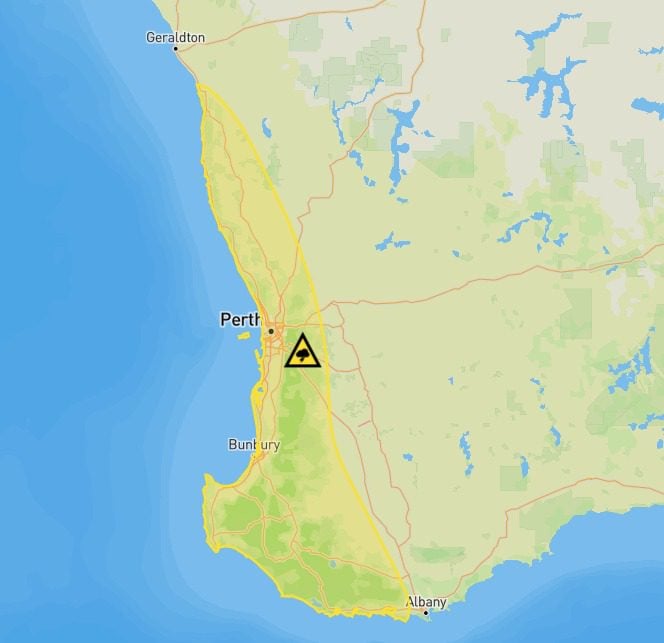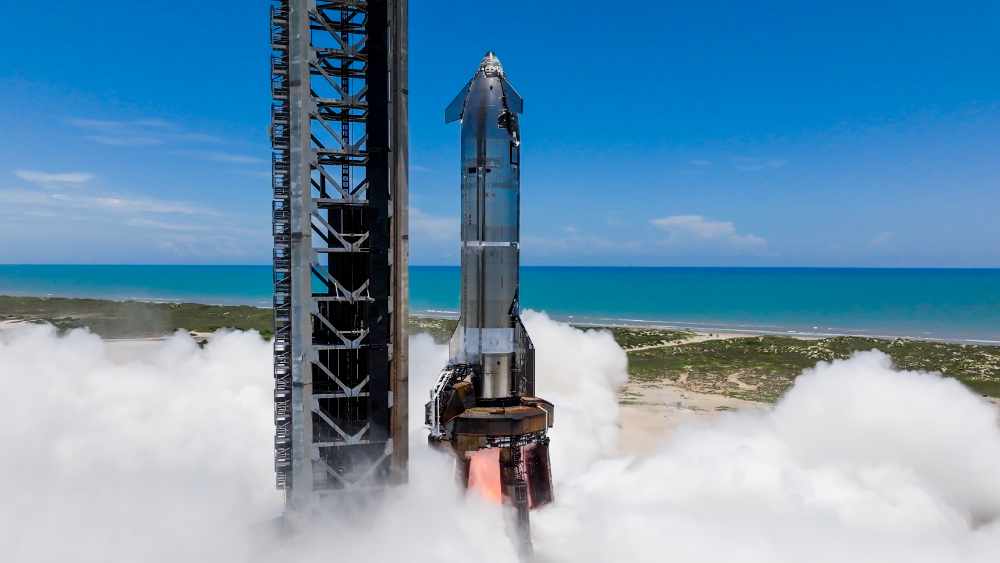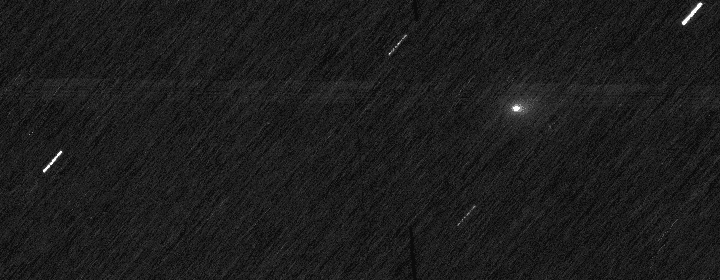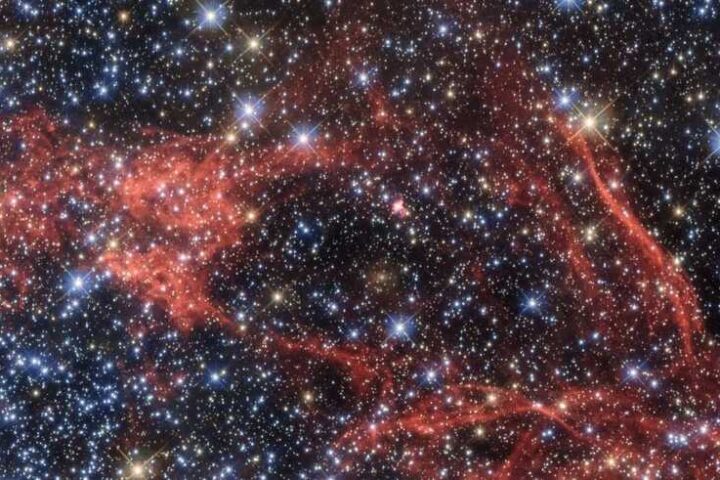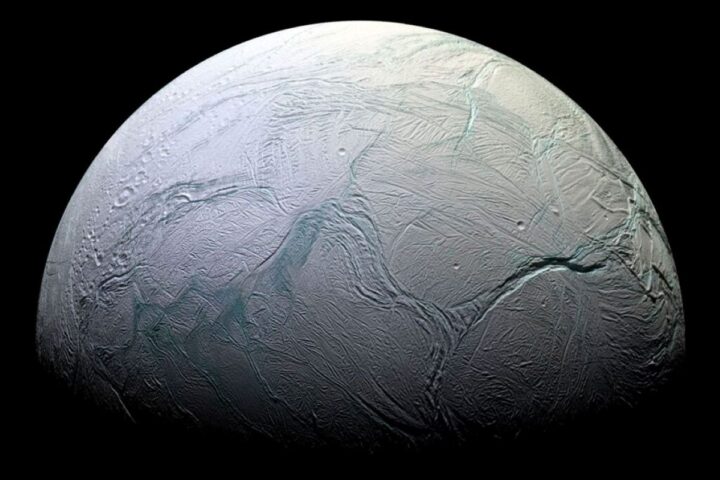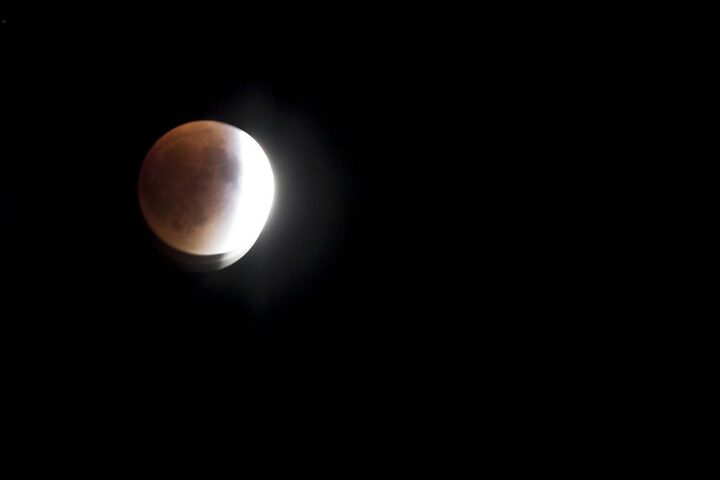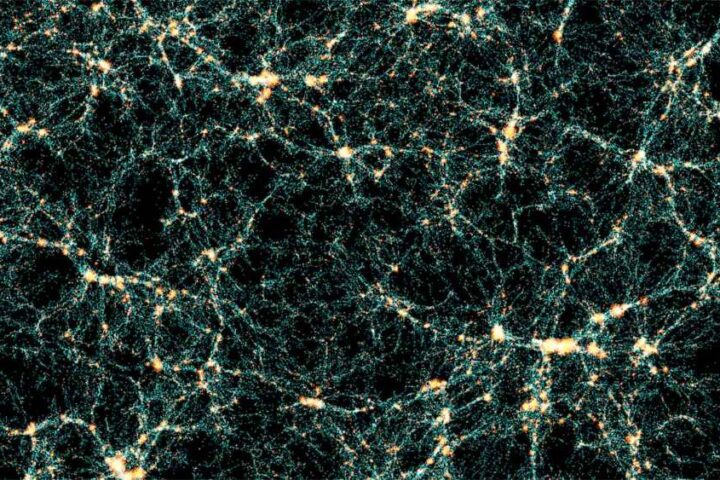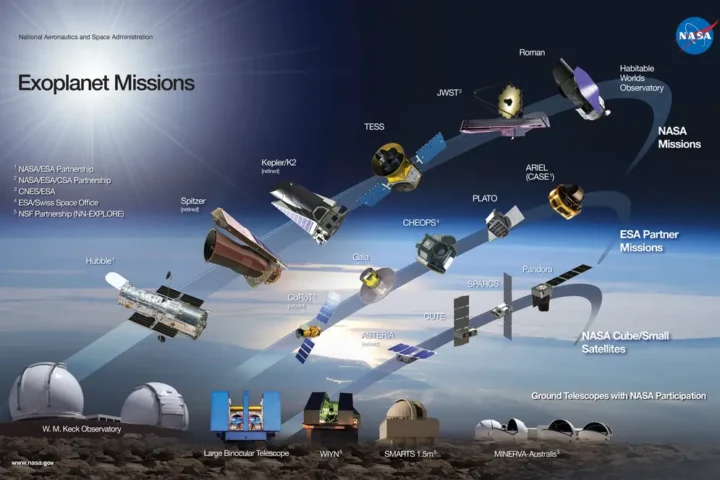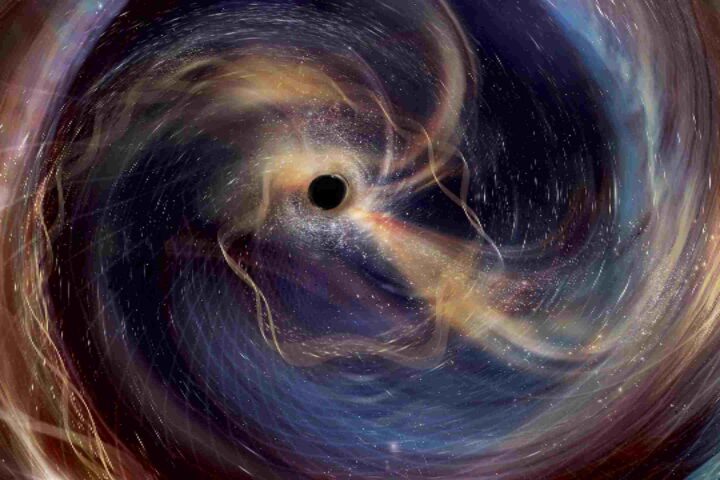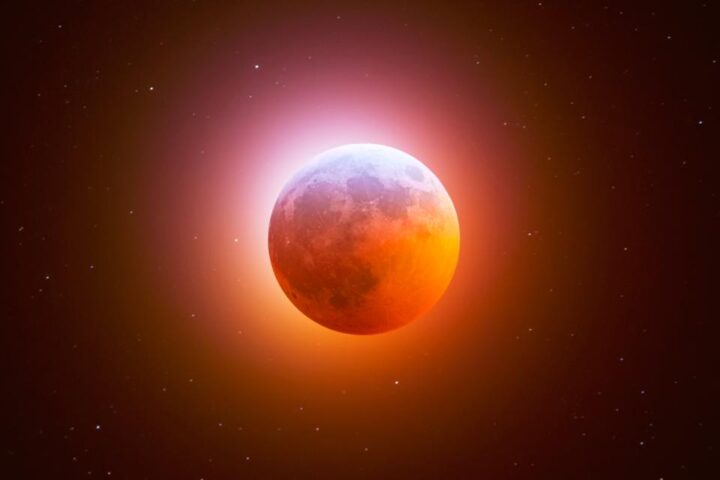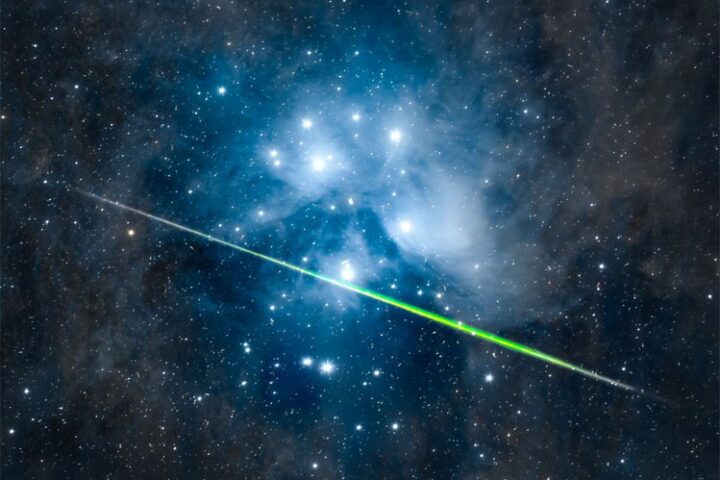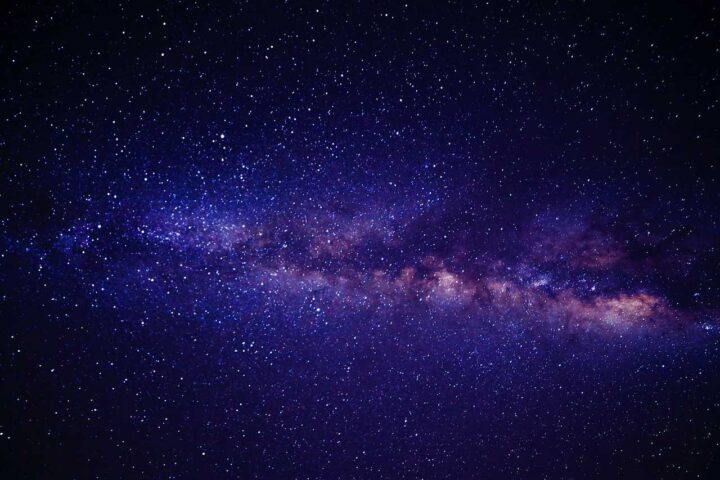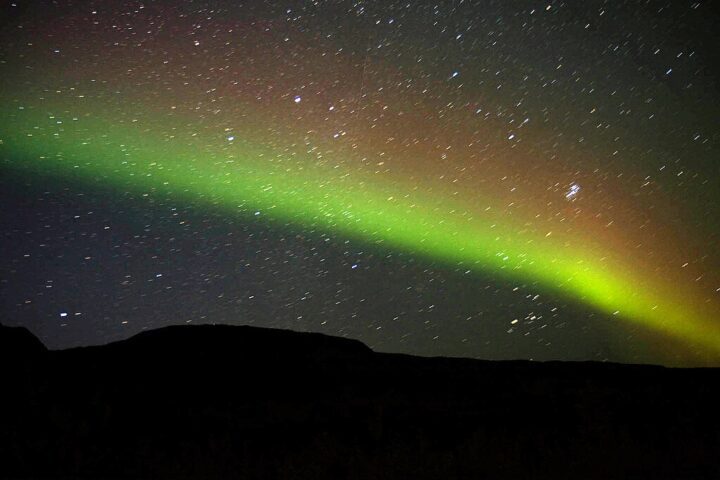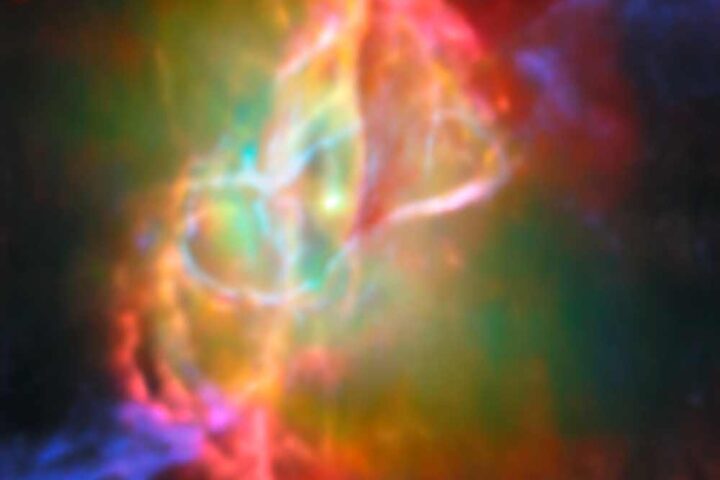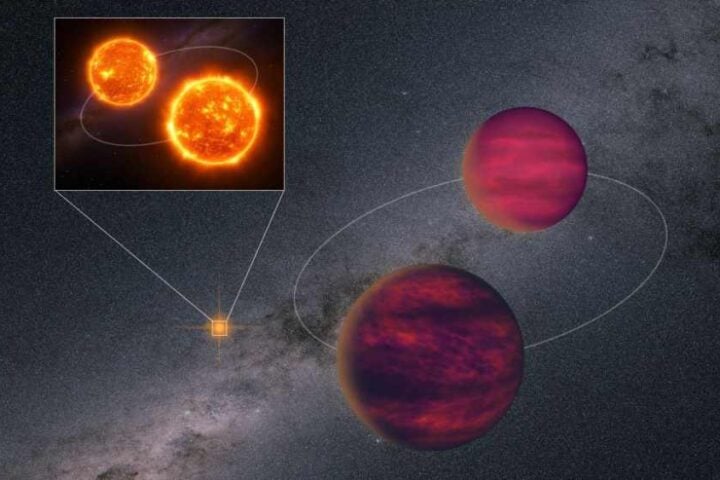The northern skies might light up with ethereal green and purple curtains tonight, as NOAA’s Space Weather Prediction Center (SWPC) forecasts a minor (G1) geomagnetic storm that could push aurora visibility into northern U.S. states.
When and Where to Look
NOAA predicts the best viewing window between 10:00 p.m. and 4:00 a.m. ET tonight (August 18-19, 2025).
The aurora might be visible across approximately 16 states, primarily:
- Alaska
- Washington
- Idaho
- Montana
- North Dakota
- South Dakota
- Minnesota
- Wisconsin
- Michigan
- Northern Illinois
- Iowa
- Wyoming
- New York
- Vermont
- New Hampshire
- Maine
Before You Step Outside: Three Essential Checks
- Check SWPC’s 30-minute forecast – This short-term “nowcast” shows the current auroral oval position and can change rapidly as solar conditions shift.
- Check your local cloud cover – The National Weather Service hourly forecasts will show if your skies will be clear enough for viewing.
- Check moonrise for your location – Tonight’s moon is a waning crescent (26% illuminated on August 18, decreasing to 17% on August 19), which is favorable for aurora viewing, but knowing local moonrise times will help plan your outing.
Understanding Aurora Forecasts
NOAA uses the Kp index—a scale from 0 to 9 that measures geomagnetic activity—to predict aurora visibility. Tonight’s forecast shows Kp reaching approximately 5, which qualifies as a minor (G1) geomagnetic storm.
When the Kp index increases, the auroral oval expands southward. SWPC’s OVATION model and Aurora Viewline map translate these numbers into visual predictions showing where the aurora might appear on the northern horizon versus overhead.
The difference between seeing aurora overhead versus just on the horizon depends on both your geographic location and the geomagnetic latitude (which doesn’t perfectly align with geographic latitude).
Photography Tips
If you’re hoping to capture the aurora:
- Use a tripod to keep your camera stable
- Try 8-15 second exposures with ISO 800-1600 as starting points
- Set focus to infinity
- Disable flash
- For smartphones, enable Night Mode or astrophotography features and keep your device stable
Photography experts recommend using timer functions to avoid camera shake when pressing the button.
Live Aurora Tracking
For real-time monitoring, check:
- SWPC’s Aurora 30-Minute Forecast
- SWPC’s Aurora Viewline experimental map
- The Boulder magnetometer for real-time ground magnetic fluctuations
- Real-time solar wind data (DSCOVR/ACE plots) – when the Bz component turns southward, aurora activity often increases
Solar Cycle Context
This aurora event comes during the active phase of Solar Cycle 25, which NOAA and NASA project to peak around 2024-2025. This phase typically brings more frequent opportunities to see the northern lights at lower latitudes as the sun’s activity increases.
Technical Note for Operators
NOAA SWPC notes that even minor (G1) geomagnetic storms may affect HF radio communications, GPS/GNSS accuracy, power systems (through ground-induced currents), and satellites. Check SWPC Alerts if you manage critical systems.
Local Viewing Tips: Maine
For viewers in northern Maine: look between 10:00 p.m. and 4:00 a.m. local time. The state’s northern location puts it in prime position for aurora viewing during this G1 storm. Check local NWS hourly forecasts for cloud cover and find a dark location away from city lights with a clear view of the northern horizon.
Conclusion
The Space Weather Prediction Center’s forecast indicates increased geomagnetic activity (Kp near 5) for August 18-19, 2025. SWPC’s 30-minute forecast and Aurora Viewline provide maps to assess visibility, while local conditions like cloud cover and moon phase will affect actual viewing. The aurora may be visible in parts of the northern United States tonight.
Updated information based on NOAA SWPC’s latest forecast. Check SWPC’s 30-minute forecast for real-time updates before heading out.


